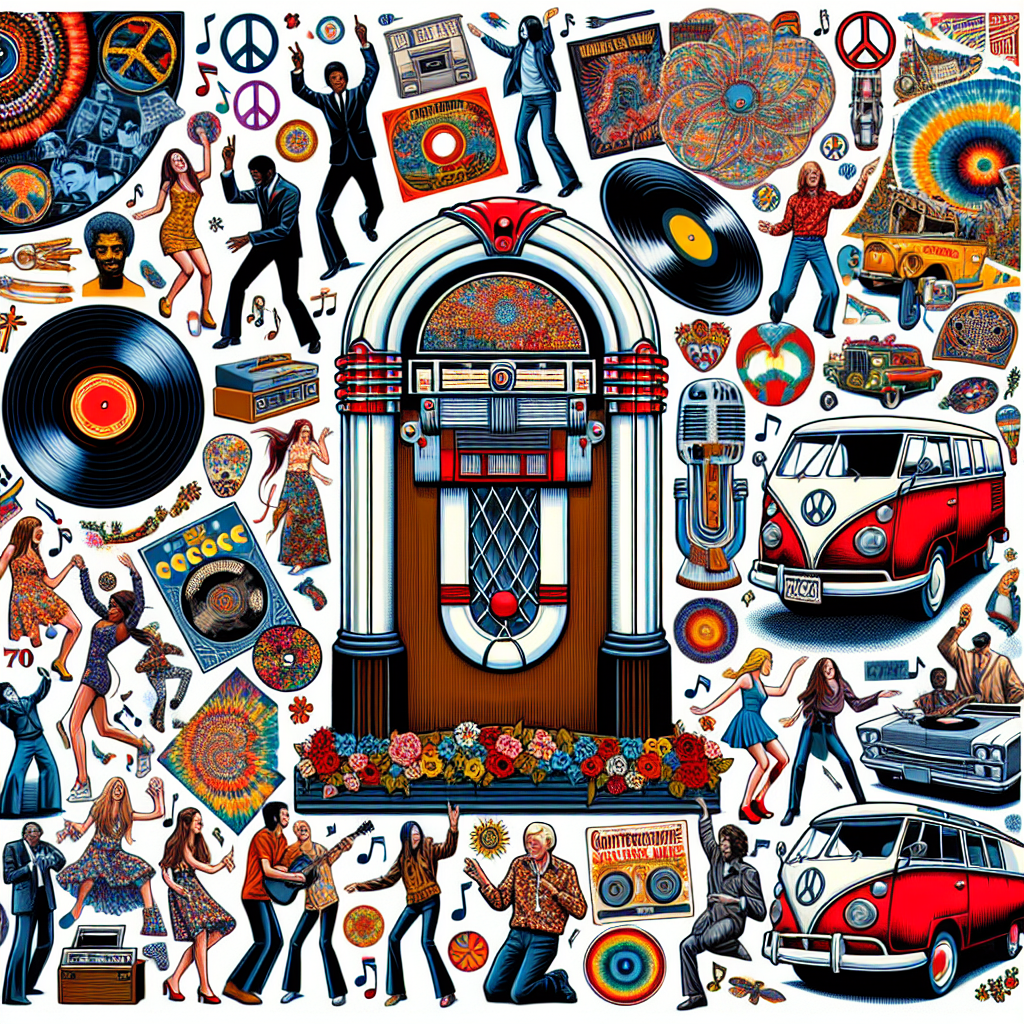The Civil Rights Movement of the 1950s, 60s, and 70s was a pivotal time in American history, marked by protests, marches, and acts of civil disobedience in the fight for equality and justice. One of the most powerful tools used during this time was music – specifically protest songs that captured the spirit and energy of the movement.
These revolutionary voices not only served as a rallying cry for activists and supporters but also helped to shape the cultural landscape of the era. From folk to rock to soul, musicians used their platform to speak out against injustice and call for change.
Music
Music has always been a powerful force for social change, and during the Civil Rights Movement, it played a crucial role in spreading awareness and inspiring action. Artists like Bob Dylan, Nina Simone, Sam Cooke, and Marvin Gaye wrote songs that addressed issues of racism, segregation, and inequality. These songs became anthems for the movement and helped to galvanize support for its goals.
Culture
The music of the Civil Rights Movement not only influenced political activism but also had a profound impact on popular culture. Musicians like Aretha Franklin and James Brown brought soul music to mainstream audiences while also using their fame to advocate for civil rights. Their music became synonymous with the struggle for equality and helped to shape the cultural identity of the era.
Politicians
Prominent politicians also recognized the power of music in mobilizing support for civil rights. Leaders like Martin Luther King Jr. often referenced protest songs in their speeches and encouraged activists to use music as a tool for resistance. The influence of these songs extended beyond rallies and marches, reaching into legislative chambers where lawmakers were forced to confront issues of racial injustice.
Fashion
The fashion of the Civil Rights Movement reflected its spirit of rebellion and defiance. Activists wore clothing that symbolized their commitment to social change – from t-shirts emblazoned with slogans to colorful dashikis that celebrated African heritage. Fashion became another form of expression for those fighting against oppression, allowing them to assert their identity and solidarity with the movement.
Technology
Advancements in technology also played a role in spreading protest songs throughout the country. The rise of radio and television allowed musicians to reach larger audiences than ever before, bringing their message directly into people’s homes. This widespread dissemination of music helped to unite supporters across geographical divides and build momentum for social change.
In conclusion, Revolutionary Voices: Protest Songs of the Civil Rights Movement in the 50’s, 60’s, and 70’s exemplifies how music can be a catalyst for social transformation. Through their lyrics and melodies, artists were able to inspire generations of activists and challenge societal norms. The legacy of these protest songs continues to resonate today as we strive towards a more just and equitable society.


Get involved!
Comments